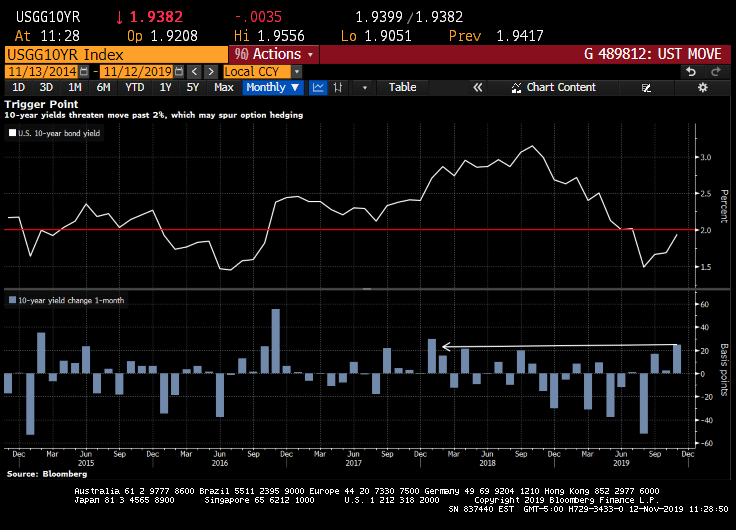confoundedinterest17[1] Agency MBS[2], Banking[3], ECB[4], Economy[5], fannie mae[6], Fed[7], Freddie Mac[8], Housing[9], Mortgage[10], Powell[11], REITs[12], Swaps[13], Treasuries[14], Treasury[15], Uncategorized[16], Volatility[17], Yield Curve[18] 4 Minutes
As the US Treasury 10-year yield approaches 2% … again, we begin to worry about issues such as extension risk and convexity risk (collectively known as “The Wings”[19]) given their propensity to drive hedging.

Extension Risk
Historically, the risk of sudden yield curve movements has greatly affected the market for MBS, which represent claims on a pool of underlying residential mortgages. The interest rate risk of MBS differs from the interest rate risk of Treasury securities because of the embedded prepayment option in conventional residential mortgages that allows homeowners to refinance their mortgages when it is economical to do so: When interest rates fall, homeowners tend to refinance their existing loans into new lower-rate mortgages, thereby increasing prepayments and depriving MBS investors of the higher coupon income. However, when rates rise, refinancing activity tends to decline and prepayments fall, thereby extending the period of time MBS investors receive below-market rate returns on their investment. This is commonly known as “extension risk” in MBS markets.
Duration and Convexity
The effect of the prepayment option can be seen in the chart below, which displays the relationship between yield changes (x-axis) and changes in the value of an MBS (black) and a non-prepayable ten-year Treasury...

